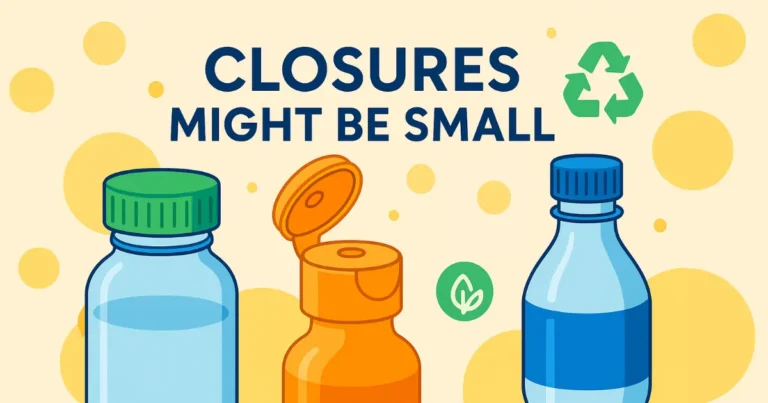How a 5,000-Year-Old Innovation Shaped Manufacturing, Materials Science, and Environmental Consciousness
The humble drinking straw represents one of humanity’s most enduring innovations. From ancient Mesopotamian beer halls to modern sustainable manufacturing, this simple tube tells a fascinating story of materials evolution, mass production, and environmental responsibility. Whether you’re interested in ancient history, manufacturing processes, or sustainable design, the drinking straw’s journey offers valuable insights into human ingenuity and adaptation.
🏺 Ancient Origins: Sumerian Beer Culture (c. 3000 BCE)
The oldest surviving drinking straw, discovered in a Sumerian tomb dated 3000 BCE, was a gold tube inlaid with lapis lazuli. While most Sumerians used reed straws for everyday drinking, the wealthy enjoyed elaborate metal versions. These weren’t designed for modern beverages, but for a very specific purpose: filtering ancient beer.
Ancient Mesopotamian beer was often unfiltered and contained sediment, making straws essential for avoiding debris while drinking from communal vessels. Archaeological evidence shows Sumerians used distinctive brewing techniques that made straws not just convenient, but necessary.
Most commonly, Sumerians made beer straws from reeds, with copper filter tips containing slits that fit over the reed end—an early example of functional design meeting practical need.
📜 The Paper Revolution: Marvin Stone’s Innovation (1888)
The modern drinking straw emerged from a Washington D.C. inventor’s frustration with natural materials. Marvin Stone (1842-1899) patented the spiral winding process for manufacturing paper drinking straws on January 3, 1888, addressing the problems with natural rye grass straws that imparted undesirable grassy flavors to beverages.
Stone created his first prototypes by spiraling paper strips around a pencil and securing them with glue. His innovation wasn’t just about taste—it was about durability and consistency. Natural straws would often break down in drinks, leaving debris and affecting flavor.
Stone’s paper straws were 8.5 inches long and made from manila paper, setting the standard dimensions still used today. This represented the first major shift from natural to manufactured materials in straw production.
🧪 The Plastic Era: Mass Production Takes Hold (1950s-1960s)
The mid-20th century brought revolutionary changes to straw manufacturing. Plastic materials like polypropylene and polystyrene enabled mass production through injection molding and extrusion processes. This period saw the introduction of the flexible “bendy” straw, originally designed for hospital patients but quickly adopted for general use.
Plastic straws offered several advantages:
- Durability: No degradation in liquids
- Cost-effectiveness: Cheap mass production
- Consistency: Uniform quality across batches
- Versatility: Various sizes and shapes possible
The manufacturing processes developed during this era—particularly injection molding and extrusion—became foundational technologies for countless other products, demonstrating how innovations in simple items often drive broader industrial advancement.
♻️ The Sustainability Revolution (2010s-Present)
The environmental impact of single-use plastics, including straws, sparked a global reckoning in the 2010s. This shift created both challenges and opportunities for manufacturers:
Material Innovations
- Biodegradable paper: Enhanced versions of Stone’s original concept
- PLA bioplastics: Made from renewable plant materials
- Reusable alternatives: Metal, bamboo, and food-grade silicone options
- Advanced composites: Combining multiple sustainable materials
Manufacturing Challenges
The shift to alternative materials required significant retooling and process optimization:
- New hygiene standards for biodegradable materials
- Quality control for varying natural material properties
- Cost balancing between sustainability and affordability
- Scaling production for emerging material technologies
🔧 Manufacturing Lessons from Straw Evolution
The drinking straw’s journey illustrates fundamental principles in materials engineering and production:
Material Selection Criteria
- Functionality: Does it perform the core task effectively?
- Durability: How long must it last for its intended use?
- Safety: Is it food-safe and non-toxic?
- Environmental impact: What’s the full lifecycle cost?
- Economic viability: Can it be produced at scale affordably?
Production Considerations
- Scalability: Can manufacturing meet demand?
- Quality consistency: How do we ensure uniform products?
- Process efficiency: What’s the optimal production method?
- Waste minimization: How do we reduce material waste?
These principles apply whether you’re manufacturing automotive components, medical devices, or sustainable packaging solutions.
🚀 Future Innovations: Smart Manufacturing and Sustainable Materials
The next chapter in straw evolution involves cutting-edge technologies:
Advanced Materials
- Edible straws: Made from seaweed or grain-based compounds
- Smart biodegradables: Materials that break down on command
- Nano-enhanced composites: Combining strength with sustainability
Manufacturing Technologies
- Industry 4.0 integration: Smart factories with real-time quality monitoring
- Additive manufacturing: 3D printing for custom applications
- AI-optimized production: Machine learning for process improvement
- Digital twins: Virtual modeling for production optimization
Sustainability Metrics
Modern straw manufacturing increasingly focuses on:
- Carbon footprint reduction: Minimizing production emissions
- Circular economy principles: Designing for recyclability and reuse
- Life cycle assessment: Understanding total environmental impact
- Supply chain transparency: Tracking materials from source to disposal
📊 Market Impact and Industry Transformation
The global drinking straw market demonstrates how small products can drive significant industrial change:
- Market size: Multi-billion dollar industry spanning food service, retail, and industrial applications
- Innovation investment: Substantial R&D spending on sustainable alternatives
- Regulatory influence: Government policies driving material and design changes
- Consumer behavior: Shifting preferences toward environmentally conscious products
🎯 Key Takeaways for Modern Manufacturing
The drinking straw’s evolution offers valuable lessons for today’s manufacturers:
- Material innovation drives market evolution: New materials create new possibilities and market segments
- Regulatory changes spur innovation: Environmental regulations often accelerate technological development
- Consumer preferences shape production: Sustainability concerns can rapidly transform entire industries
- Simple products teach complex lessons: Basic items often illustrate fundamental manufacturing principles
- Historical perspective informs future strategy: Understanding evolution helps predict future trends
Conclusion: Small Innovation, Big Impact
From Sumerian gold tubes to biodegradable polymers, the drinking straw embodies humanity’s continuous drive to improve everyday objects. Its story illustrates how materials science, manufacturing processes, and environmental consciousness intersect to create both challenges and opportunities.
Whether you’re developing new products, optimizing manufacturing processes, or implementing sustainable practices, the humble straw’s journey offers insights into innovation, adaptation, and the complex relationship between human needs and environmental responsibility.
The next time you use a straw—paper, plastic, or otherwise—consider the millennia of innovation, the manufacturing expertise, and the ongoing sustainability efforts that brought that simple tube to your drink. In manufacturing, as in history, the smallest innovations often have the greatest impact.
Interested in sustainable manufacturing solutions and advanced production technologies? The lessons from straw evolution apply to countless other products and processes, demonstrating how historical perspective can inform modern innovation strategies.




